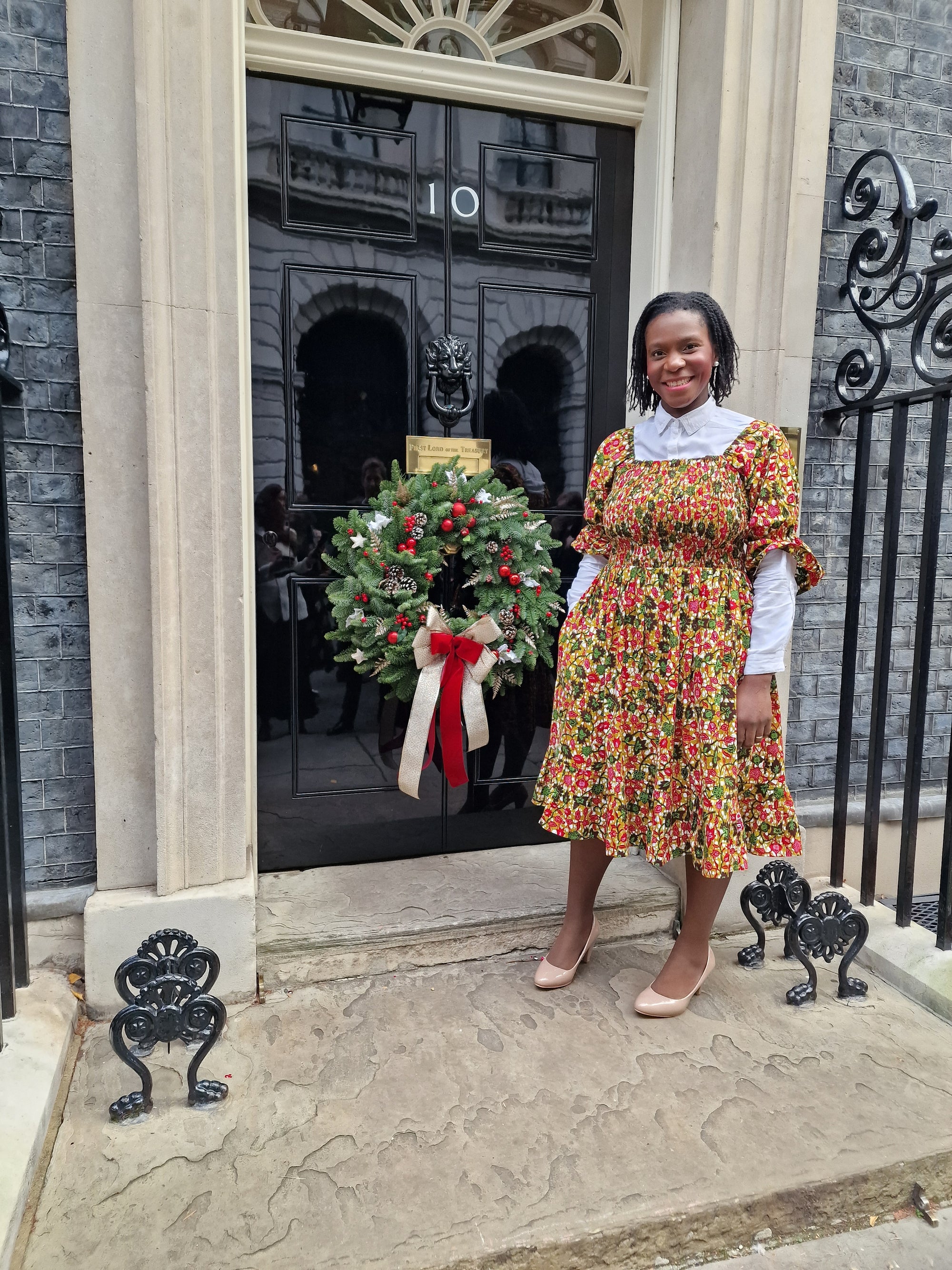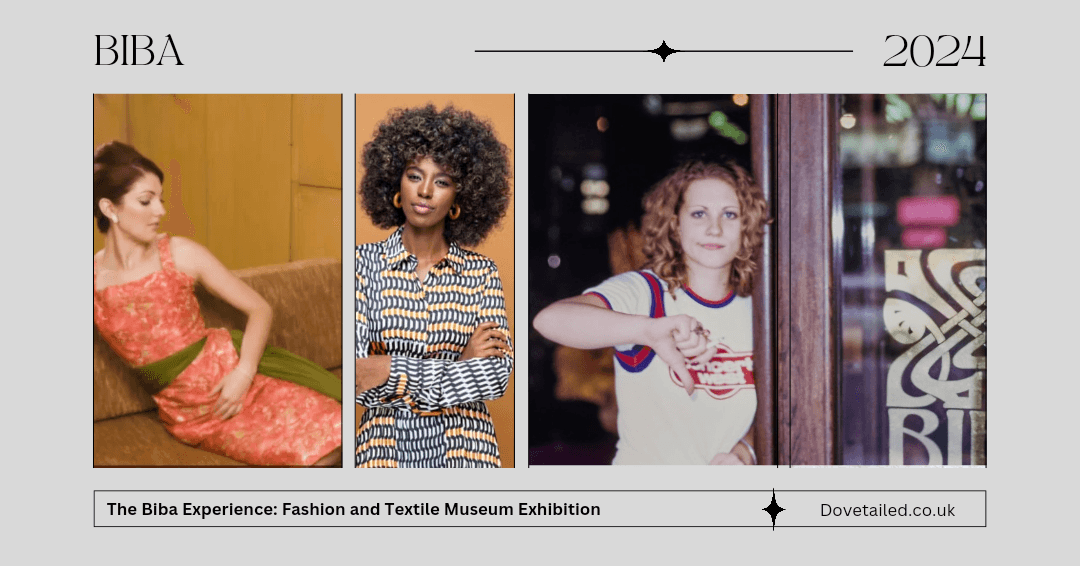The GBSB has returned! We follow 10 remaining competitors on their sewing journey where they delve into this week’s theme on West Africa; paying homage to vibrant garments inspired by the diverse continental area . In this next series of blogs, you can learn in more detail about the intricacy of the tapestry and rich fabrics that West Africa has to offer.
Originating from Ghana, Kente is a type of silk and cotton fabric made of interwoven cloth strips and is native to the Akan tribe in Ghana. Kente is made in Akan lands such as Ashanti Kingdom and by Akans in Ivory Coast. According to legend, two brothers from Bonwire, a village in the Ashanti region of Ghana, went hunting one afternoon and came across a spider spinning a web. They were amazed by the beauty of the web and thought that they could create something like it. According to legend, the two were amazed by the beauty of the web and decided to create something similar to it. Upon returning home, they made the first cloth out of black and white fibres from a raffia tree.
Kente has deep roots in the history of Ghana and holds significant cultural importance for the Akan people. The method of producing Kente, called strip weaving, has been around in West Africa since the 11th century: when it emerged as a textile tradition associated with royalty and nobility. It was reserved for special occasions and held symbolic meanings related to status, wealth, and spirituality. Kente is deeply intertwined with the cultural fabric of Ghana. It represents the collective identity of the Akan/Ashanti people and serves as a visual language, conveying messages of history, proverbs, and societal values. Each pattern, colour combination, and design feature has a narrative to tell, representing the community's wisdom, aspirations, and pride.

The intricate beauty of Kente lies in its weaving techniques and meticulous craftsmanship: this process of Kente production involves several stages. Firstly, high-quality yarns are selected to design and weave the intricate patterns. The weavers carefully choose vibrant silk or cotton threads and dye them using natural or synthetic dyes to achieve a wide range of colours. Traditionally, Kente was woven on narrow looms by highly skilled artisans known as "weavers." These master craftsmen meticulously crafted each strip of cloth, known as "nwentoma," using a unique weaving technique called "Asante adweneasa." The patterns are meticulously planned and executed, often requiring months or even years to complete a single piece of Kente.

Kente is famous for its intricate patterns and symbolic motifs. Each design element in Kente holds profound meanings and signifies different things. The patterns often depict historical events, proverbs, and moral lessons. For example, When President Barack Obama visited Ghana, the weavers created a special pattern in his honour.
Kente has gone beyond its cultural boundaries and gained international recognition for its exquisite beauty and cultural significance. Today, it is not only cherished within Ghana but has also become a symbol of African heritage worldwide. Kente has found its place in the global fashion scene, with designers incorporating its patterns and colours into contemporary clothing, accessories, and home decor. It has become a symbol of African pride, a statement of cultural identity, and a celebration of creativity and craftsmanship.

In addition to its fashion influence, Kente plays a vital role in preserving cultural heritage and empowering communities. The production of Kente provides employment opportunities for weavers, dye producers, and other artisans, contributing to the economic growth of local communities. Efforts are being made to promote sustainable practices, support ethical production, and ensure the continued transmission of Kente weaving skills to future generations.
Kente stands as a testament to the vibrant heritage, artistic prowess, and cultural richness of Ghana. Let us honour the skilled artisans who keep this tradition alive and recognise its significant contribution to the cultural landscape of Ghana and the wider world.
Want to have a go at sewing with African fabric? Shop here.
Looking for a range of sewing patterns designed specifically with African wax print fabric in mind, shop here.
Want to buy ready-made in a selection of Dovetailed garments? Shop ready made here.




